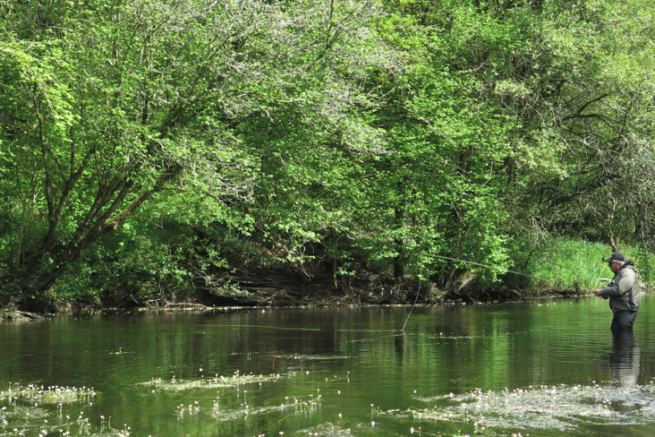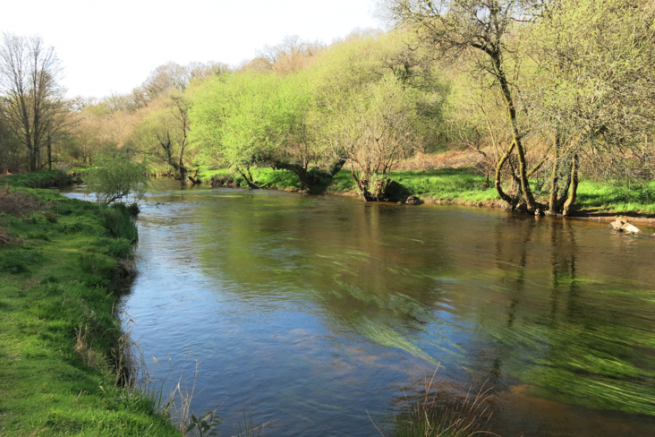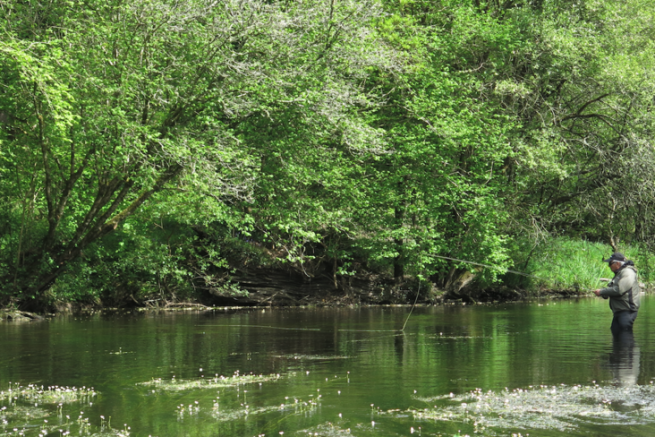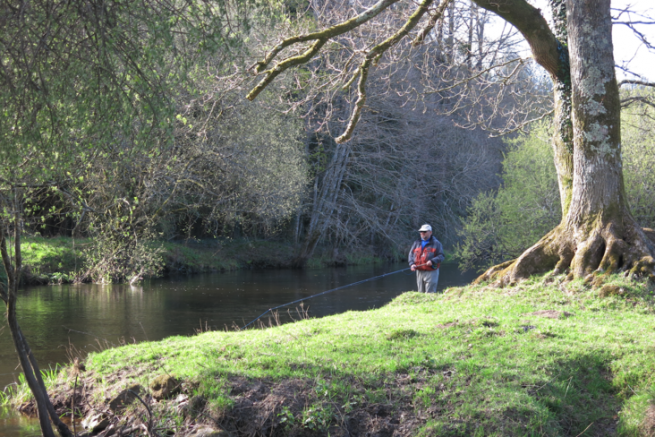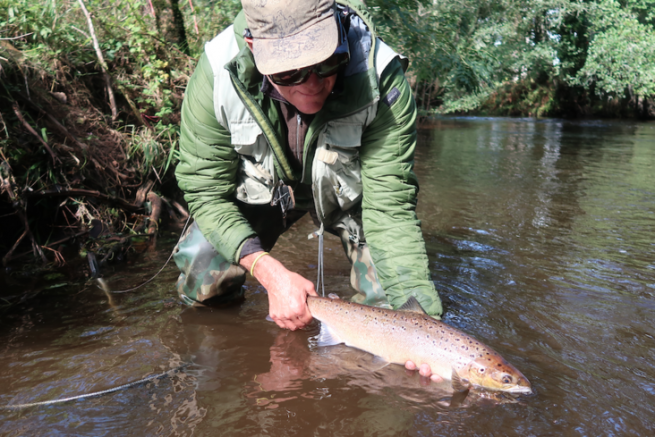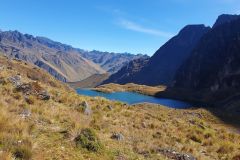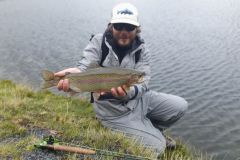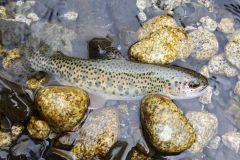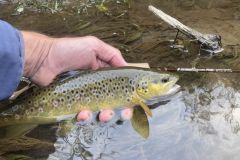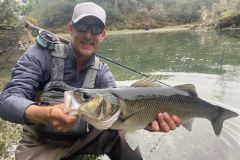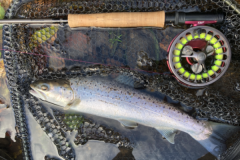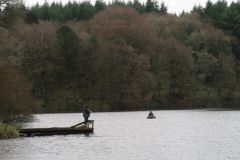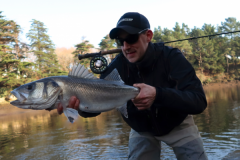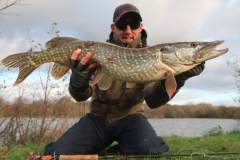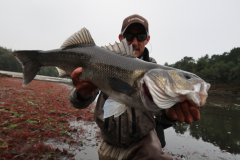Breton wild trout fishing
Whether in Morbihan, Côtes d'Armor or Finistère, you will have a nice little river near your accommodation.
The question will be, where will I go, so many possibilities are available to you!
These rivers are mainly populated by wild trout. Certainly of small sizes because of a slow growth (granitic rock) but of any beauty and very combative.
They go up well in dry, but sometimes the dry-nymph or the nymph with the wire will be practiced according to the conditions.
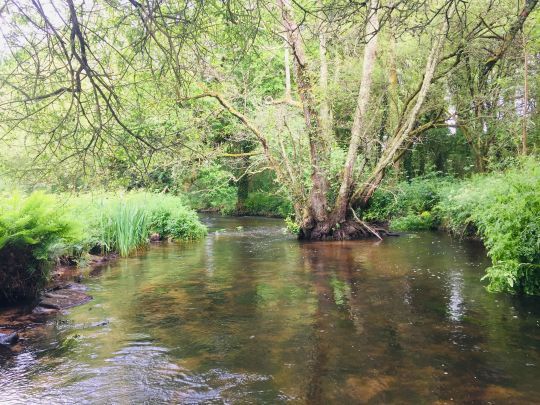
Here is a non-exhaustive list of places to go depending on the area where you live.
- In Finistère :
Around Morlaix : La Penzé, le Queffleuth, le Coatoulzac'h, le Jarlot.
Around Quimper : The Odet, the Jet, the Steïr, the Aven.
Around Quimperlé : L'Ellé, L'isole.
In the center of Finistère: the Aulne, the Squirriou, the Douffine, the Elorn.
- In the Côtes d'Amor :
The Léguer, the Trieux, the Leff, the Gouët, the Jaudy, the haut Blavet, the Hyères.
- In Morbihan :
The Scorff, the Sarre, the Tarun, the Evel, the Loc'h, the Inam and the Aër.
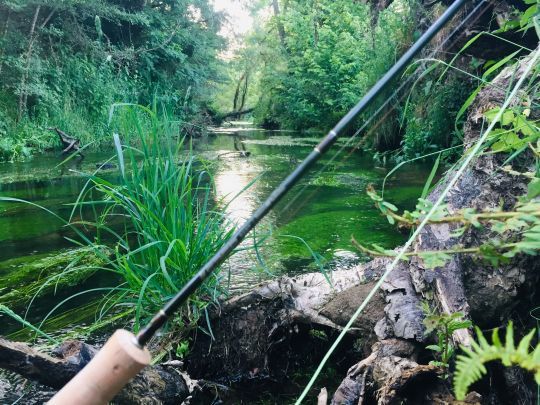
Which material to use in Brittany ?
Brittany's rivers are often small to medium sized, i.e. between 5 and 15 meters wide. Therefore, the equipment must be adapted accordingly.
An 8 foot 4 line rod will be a versatile set even if in small rivers a 6.6 to 7.6 foot 3/4 line rod will be more suitable. In larger rivers, a 9 foot rod can be used. In nymphing, a 10 feet 2 line will be perfect.
The rat tail or handmade leaders in maximum of one and a half length of the rod allows to fish right and precise while keeping a good discretion.
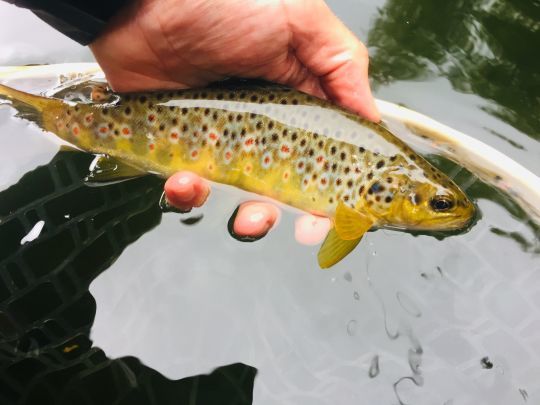
A technical but exciting fishing !
The fishing in Brittany is more a fast fishing of position and precision than a fishing of big flat and gobages. It is necessary to go and flush out the trout close to their positions and often cast under the dense vegetation cover. Rolling, horizontal and crossbow casts are all strings to his bow to cope with fishing in crowded waterways.
The positions are well marked. In front of the rocks, near the banks, under the banks, in the bumps of the current. The trout are in position and ready to climb on your dries. But be careful, the presentation and the quality of the drifts are important and dredging is not an option!
Set flies such as sedge in woodcock, hare or deer ear, peute, small duck ass and of course in summer imitations of terrestrial (ant, grasshopper, beetle, etc.) should be used.

 /
/ 